September 4, 2021
Mt. St. Helens is the youngest volcano of the Cascade Volcanic Arc, having formed only within the last 40,000 years. (The eruptions of Mt. Rainier, in contrast, began 840,000 years ago.) Europeans called the mountain St. Helens after a British diplomat. The Cowlitz people called it Lawetlat’la and the Klickitat people called it Loowit.
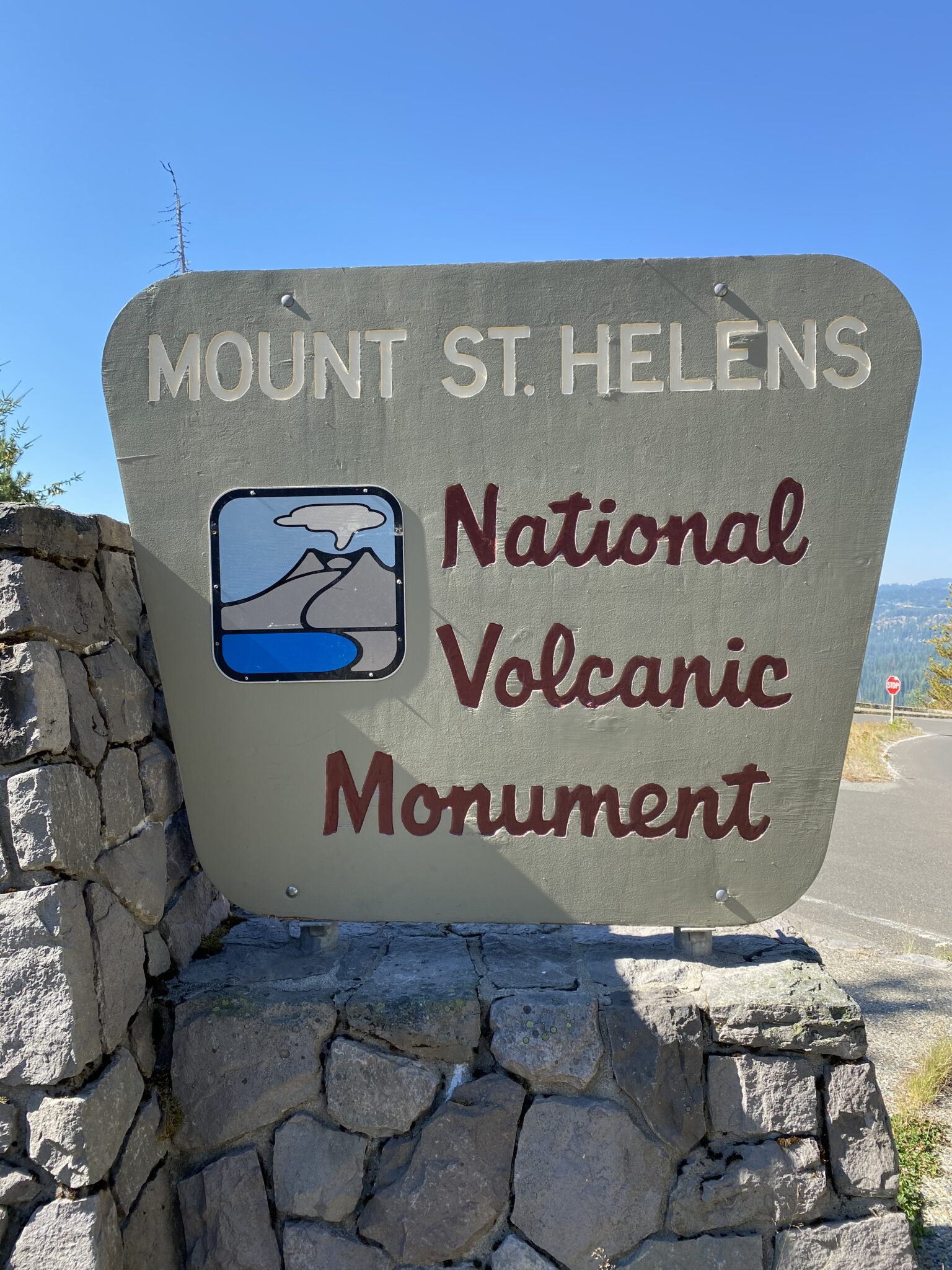
In March 1980, rising magma was stopped by the volcano’s top. The northern slope began to bulge at the rate of five feet per day and on May 18 the north face of the volcano collapsed, reducing the mountain’s summit from 9,677 to 8,363 feet and leaving a one-mile horseshoe-shaped crater.
Windy Ridge Viewpoint
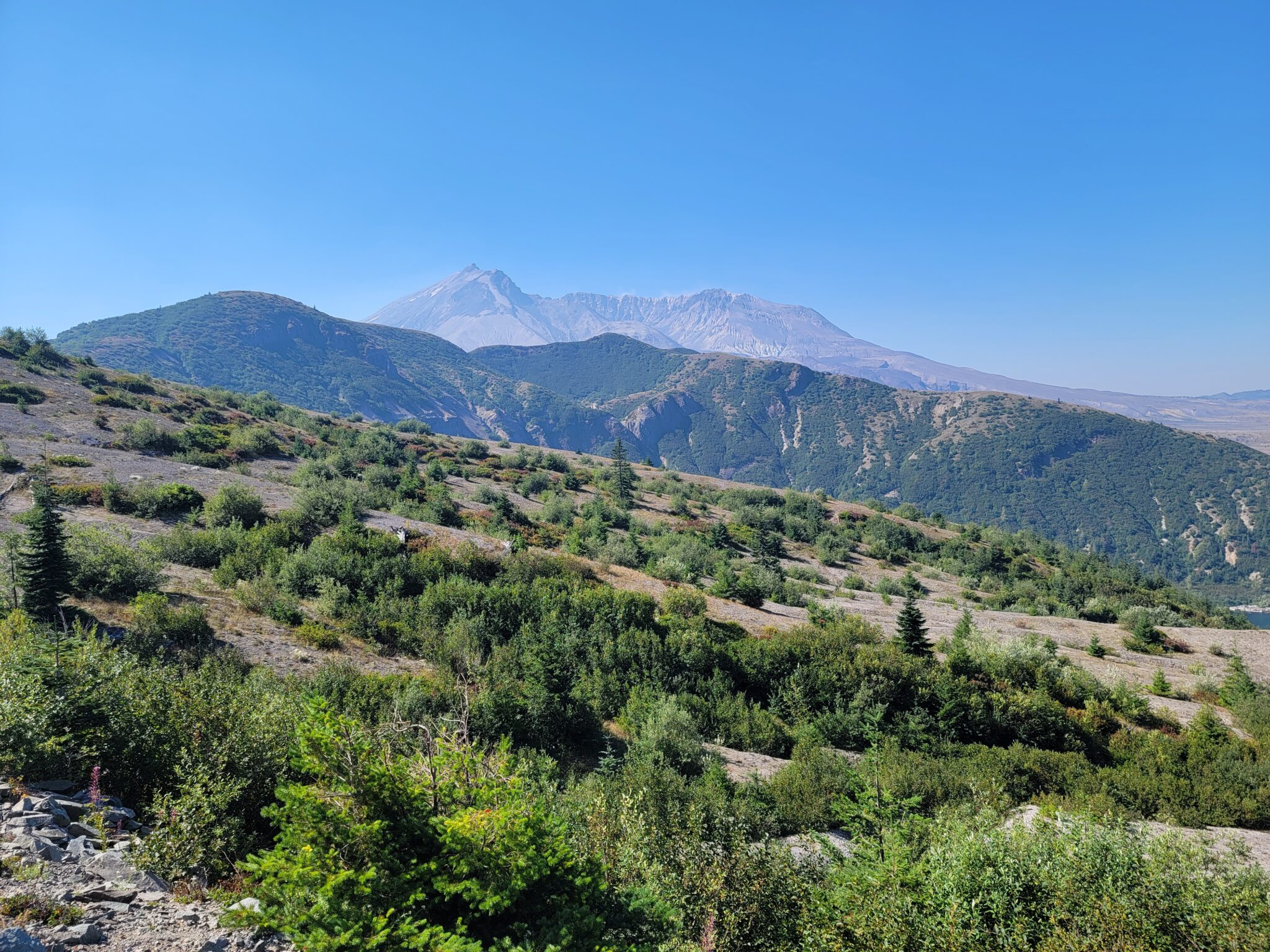
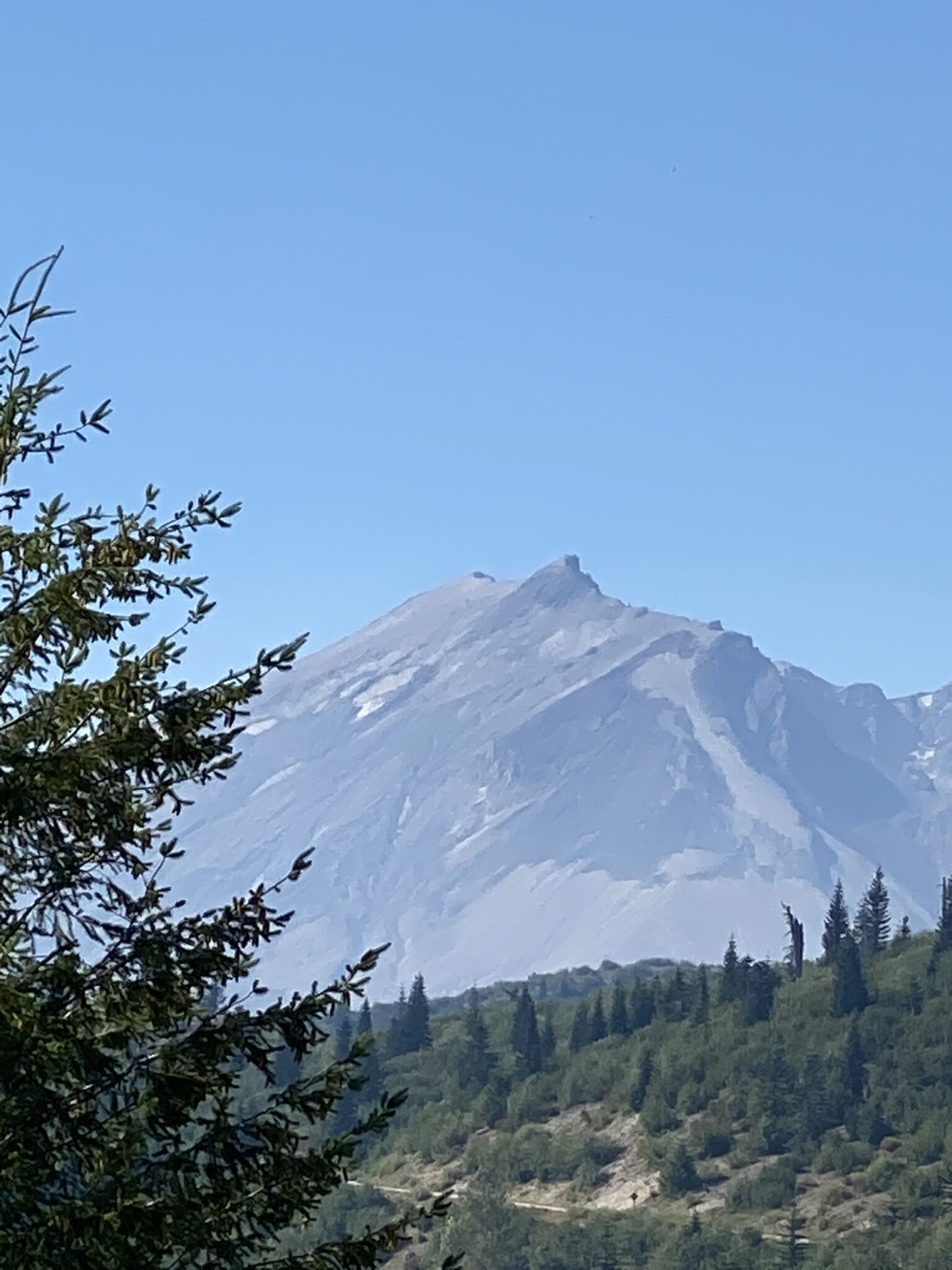
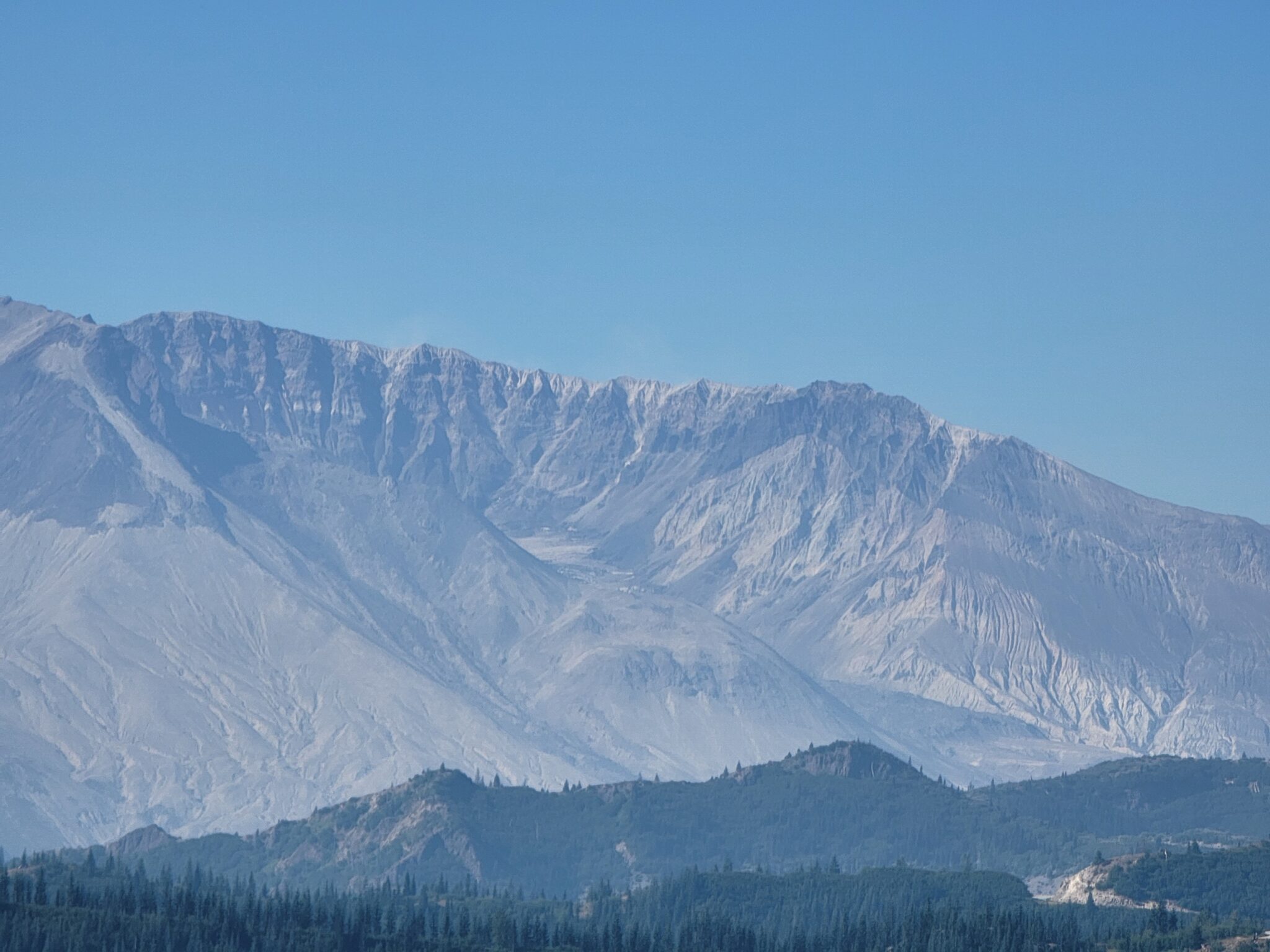
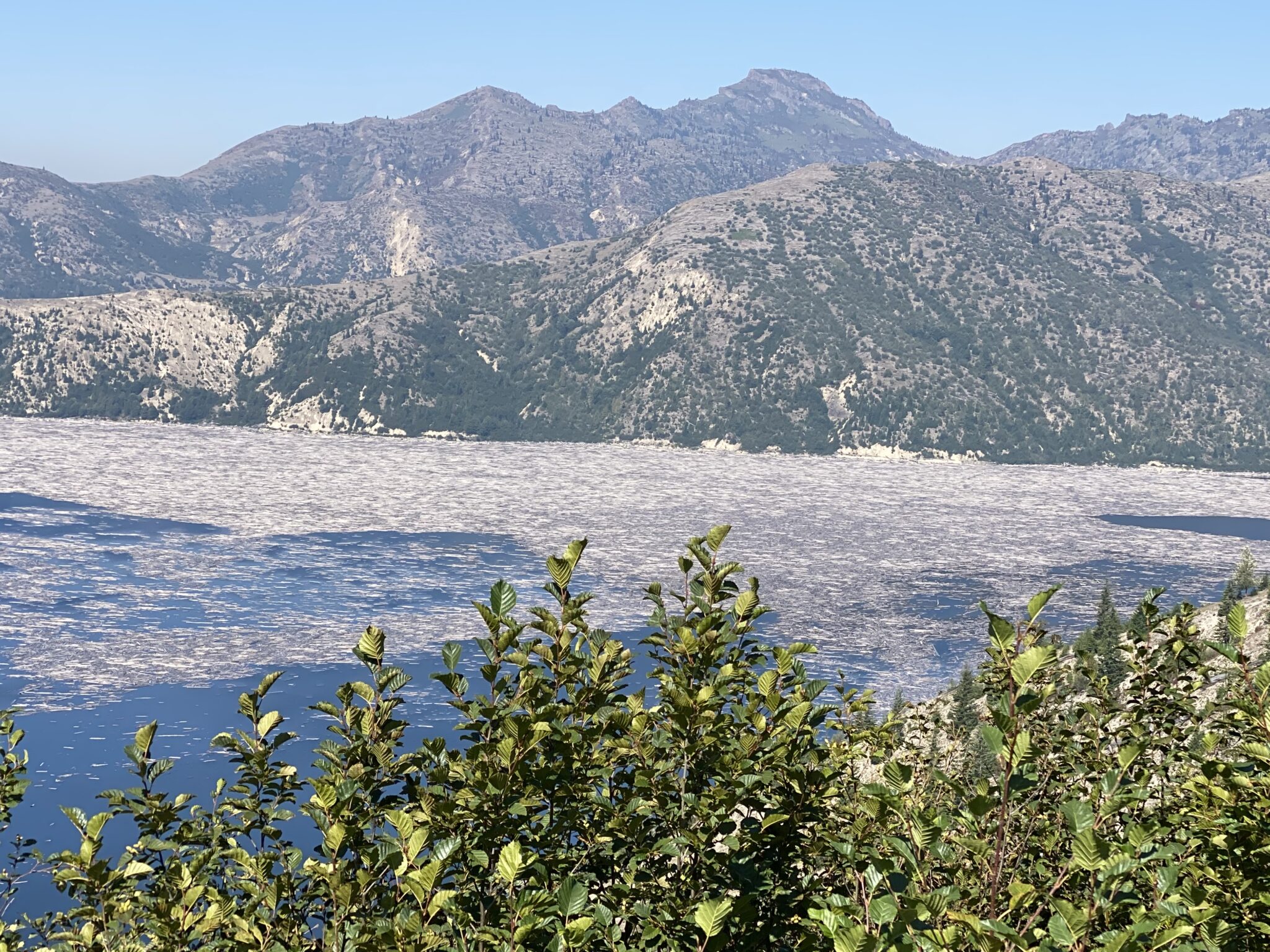
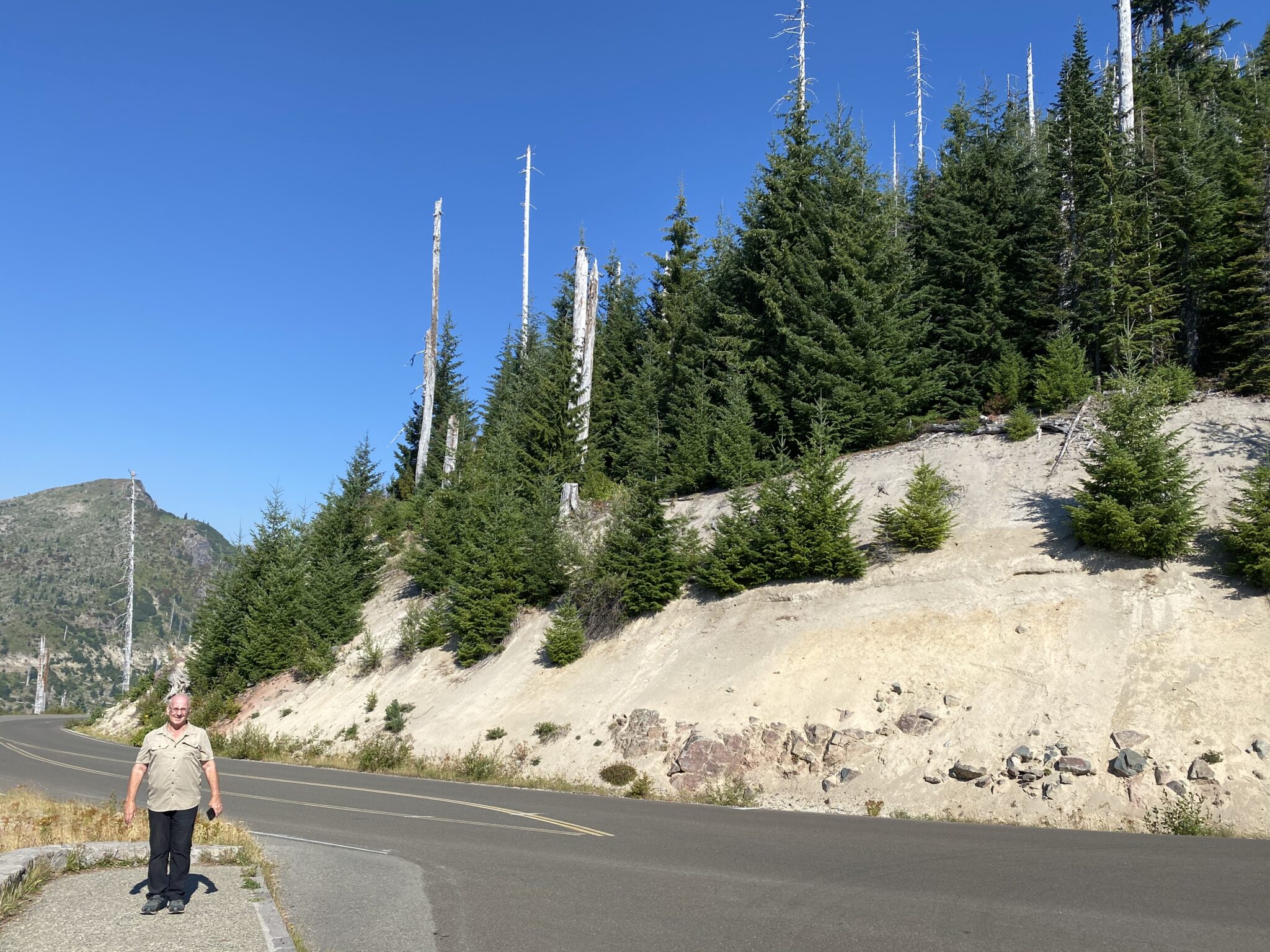
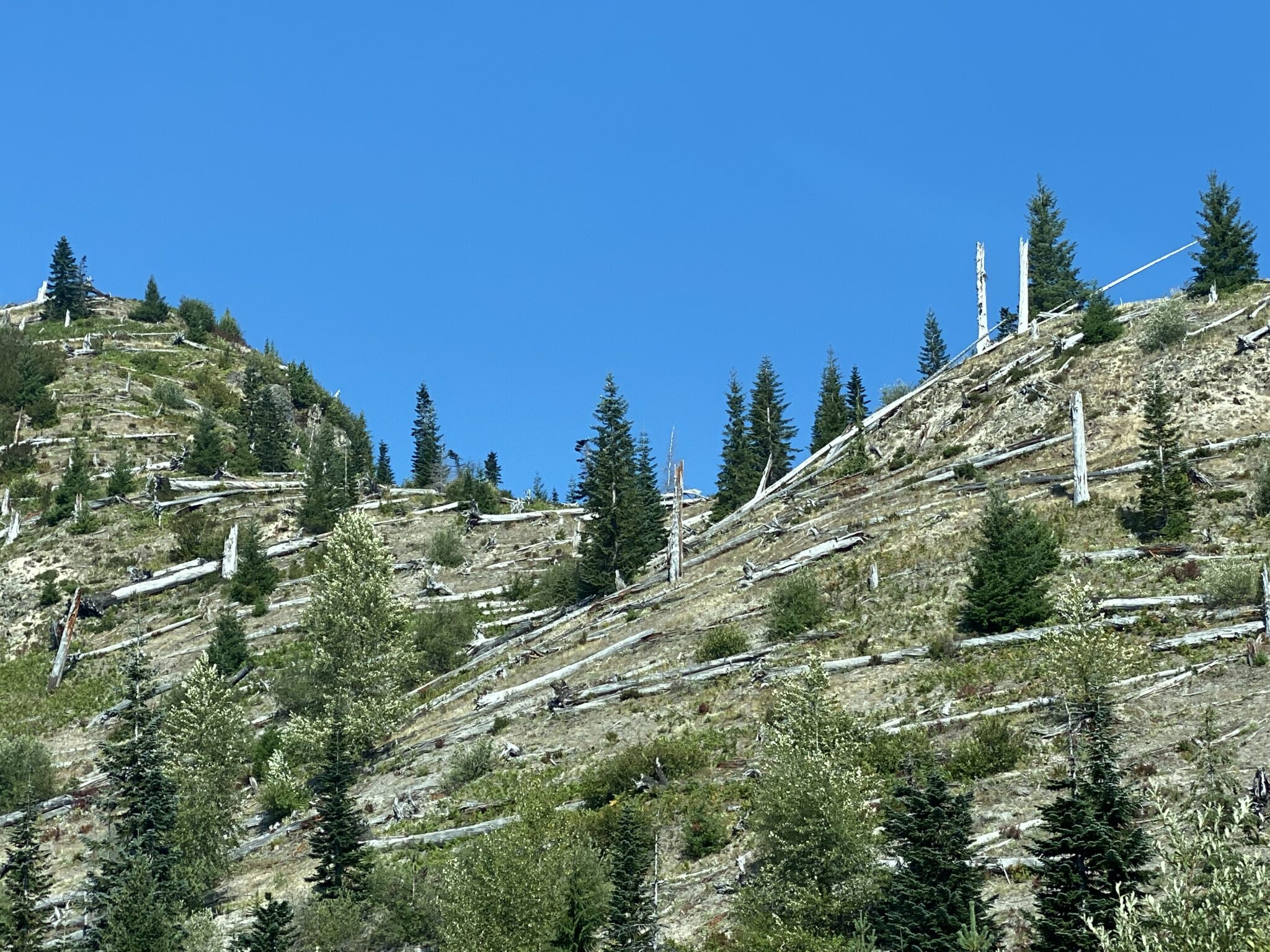
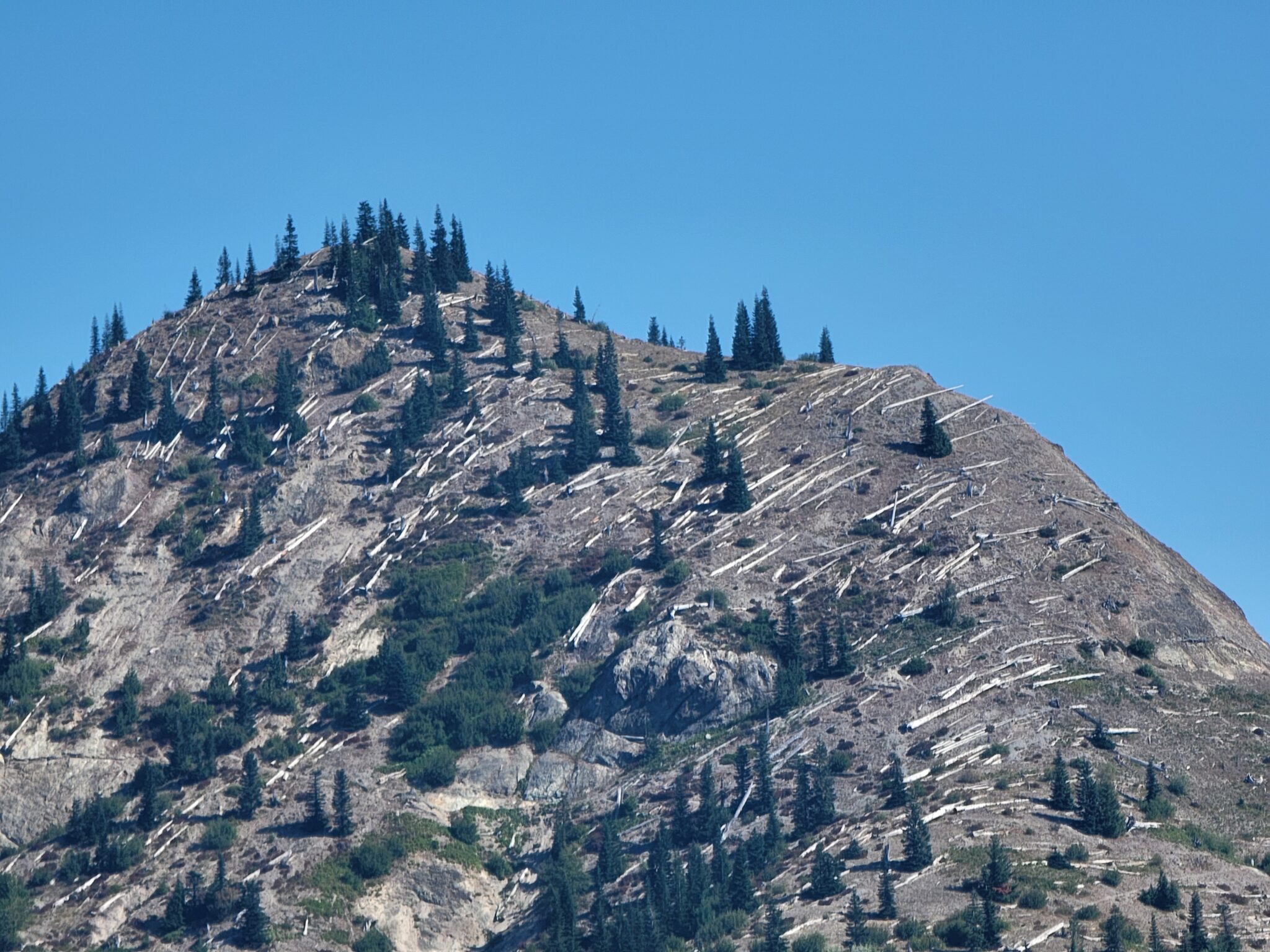
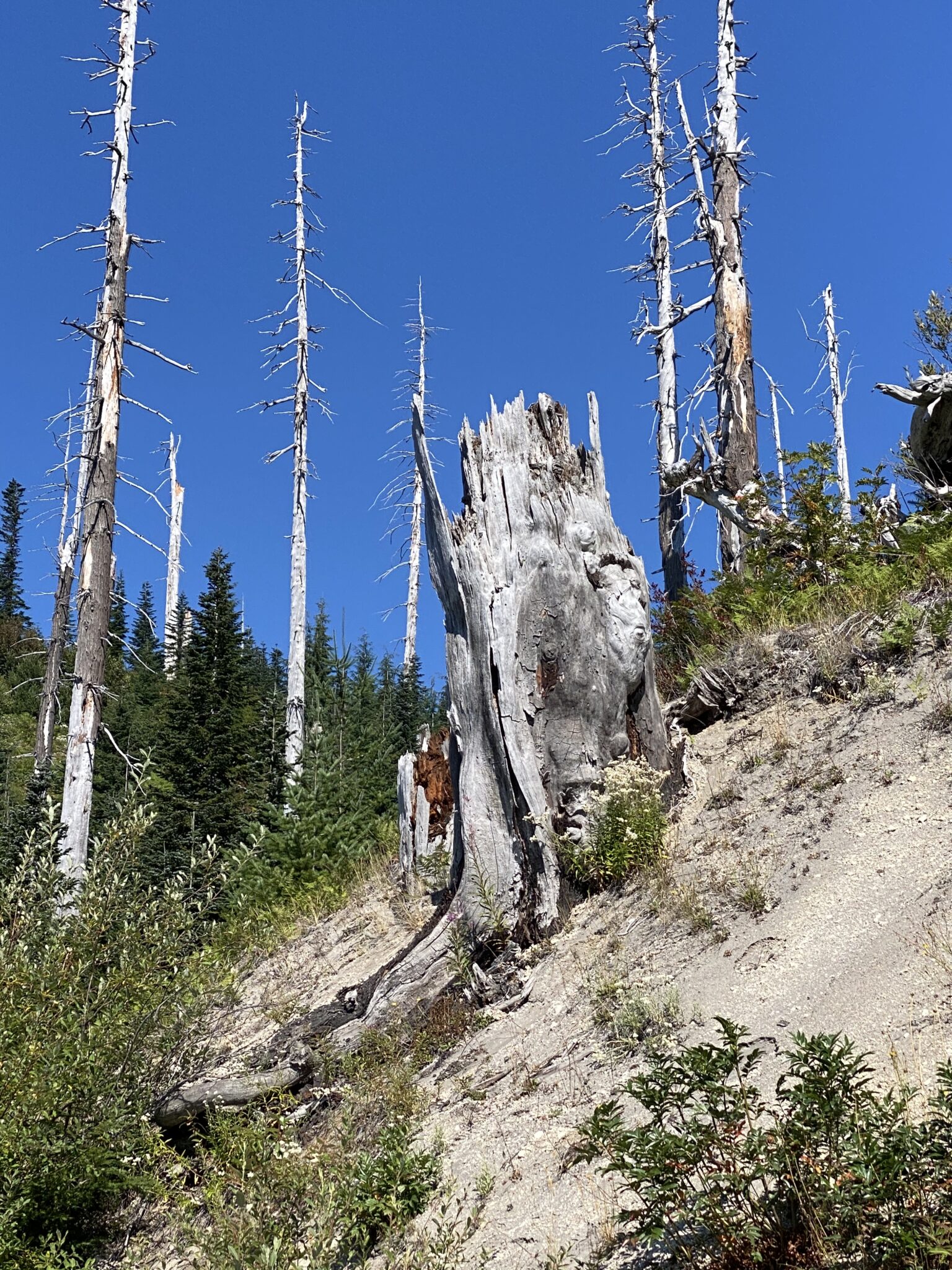
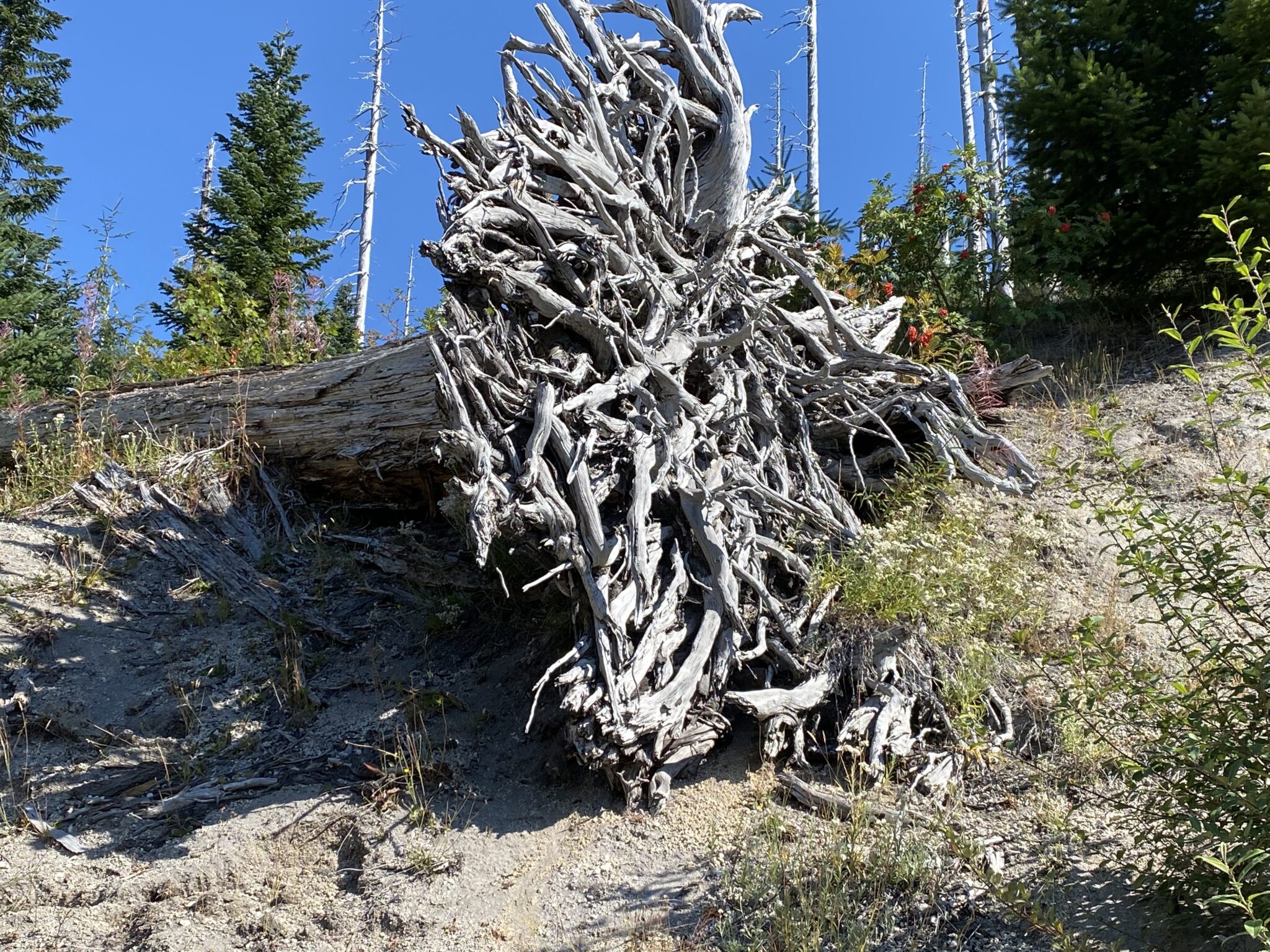
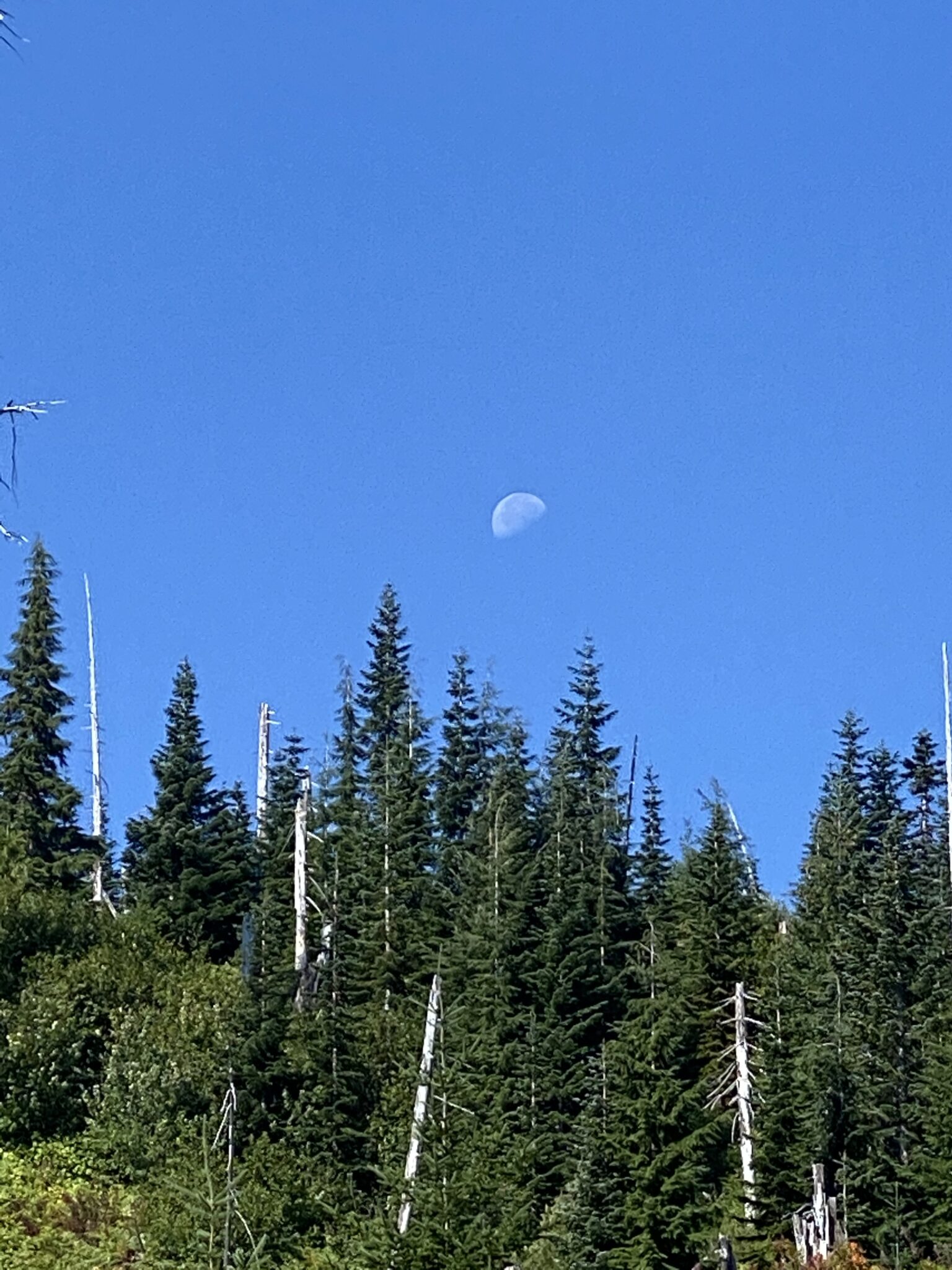
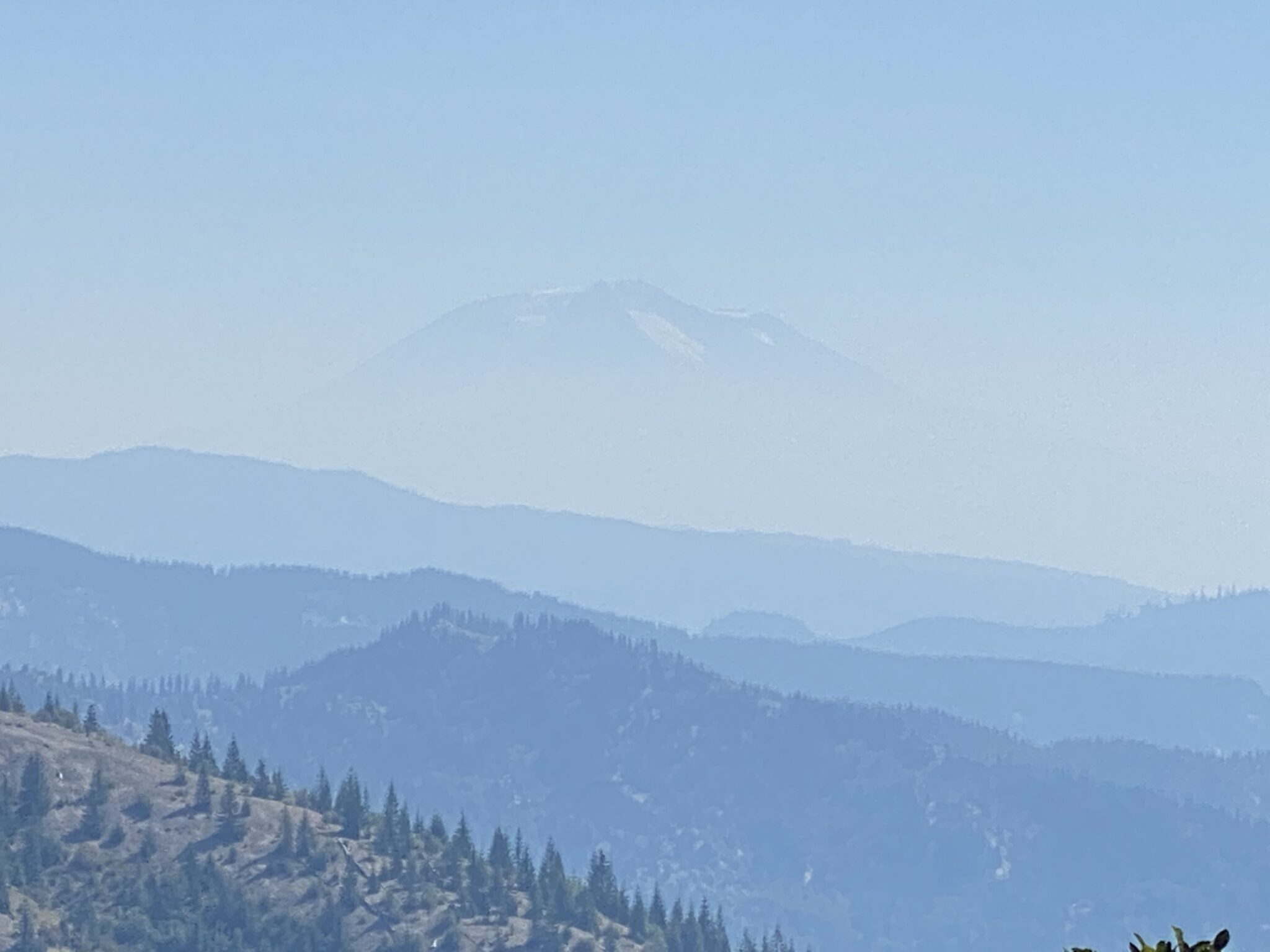
Trail of Two Forests
In the Mt. St. Helens National Volcanic Monument is an area that contains both a living forest and a forest cast in lava.
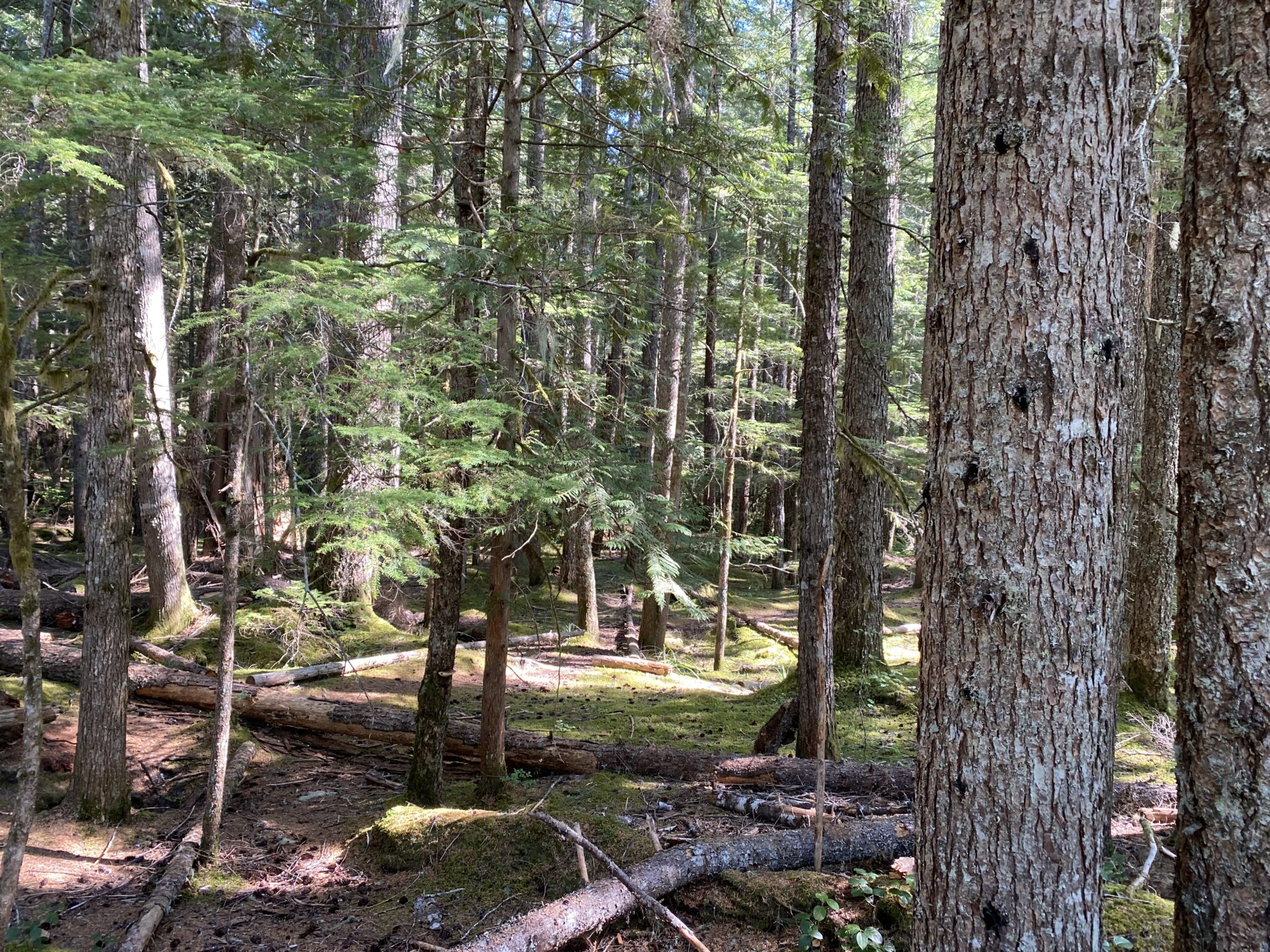
During a lava flow, trees burst into flame as lava oozed around their trunks. The molten rock encased the trunks in stone. Fire burned through the trunks which left charcoal. The charcoal trees fell into the surface of the flow and the charcoal was weathered away.
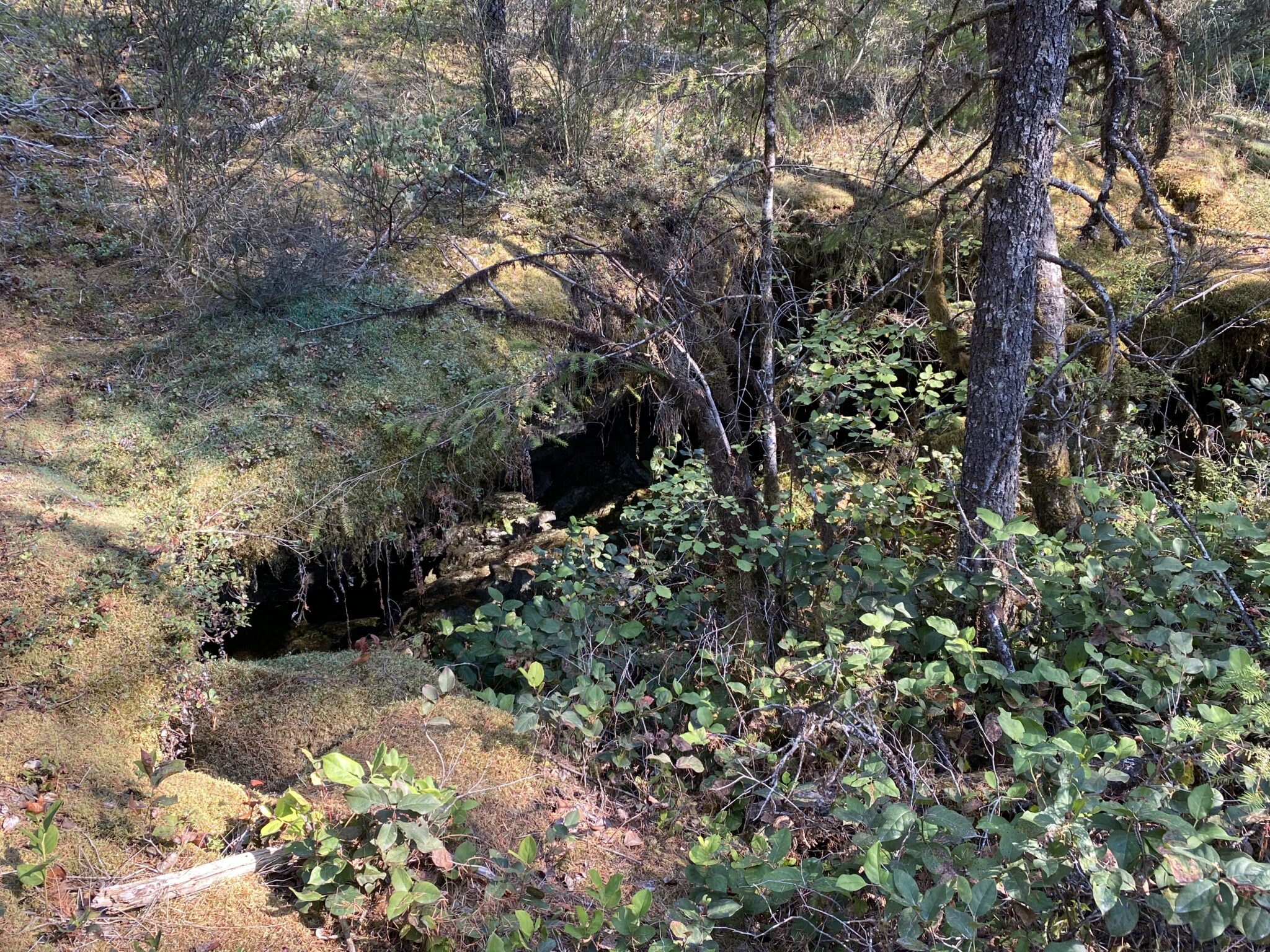
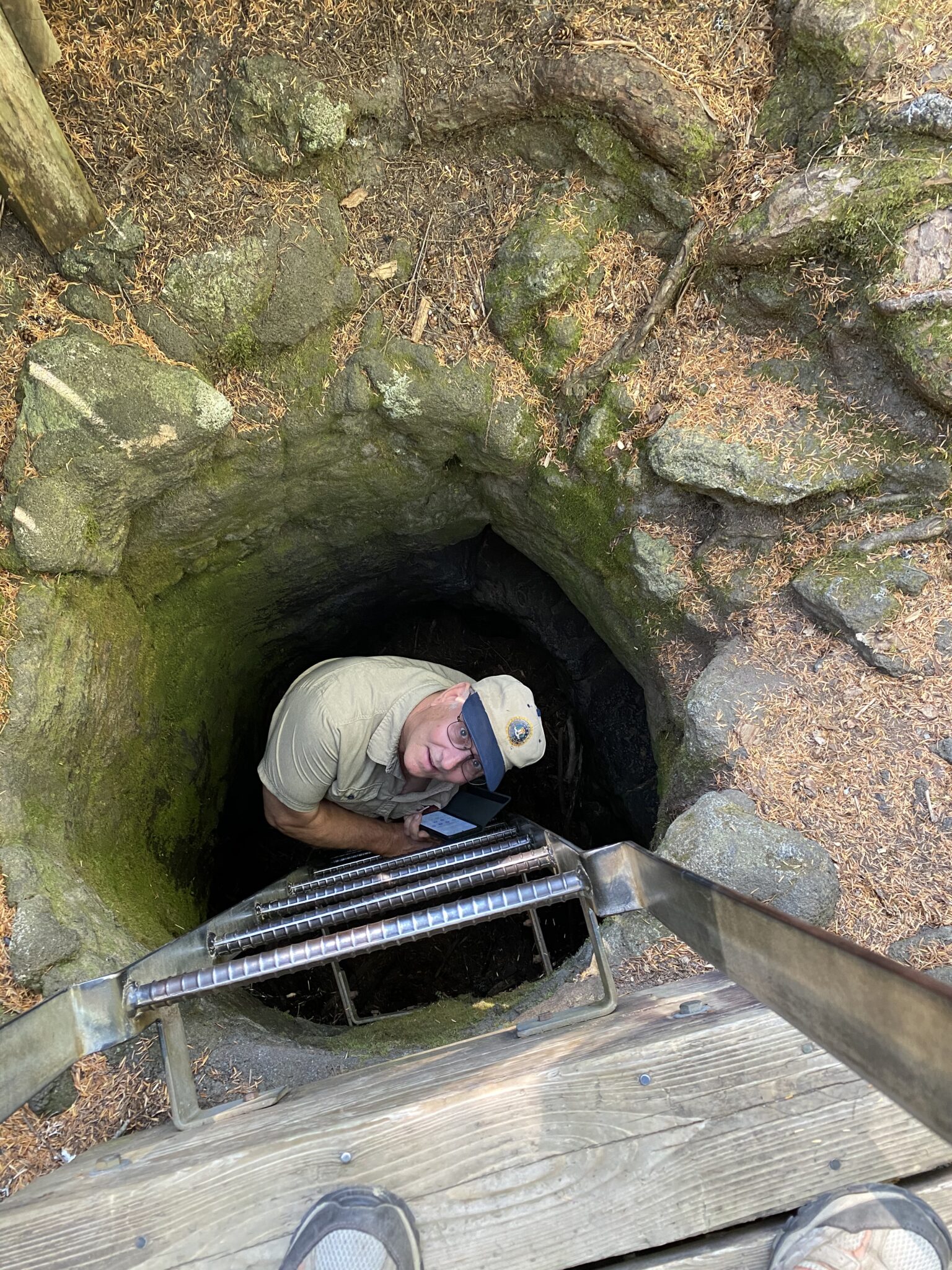
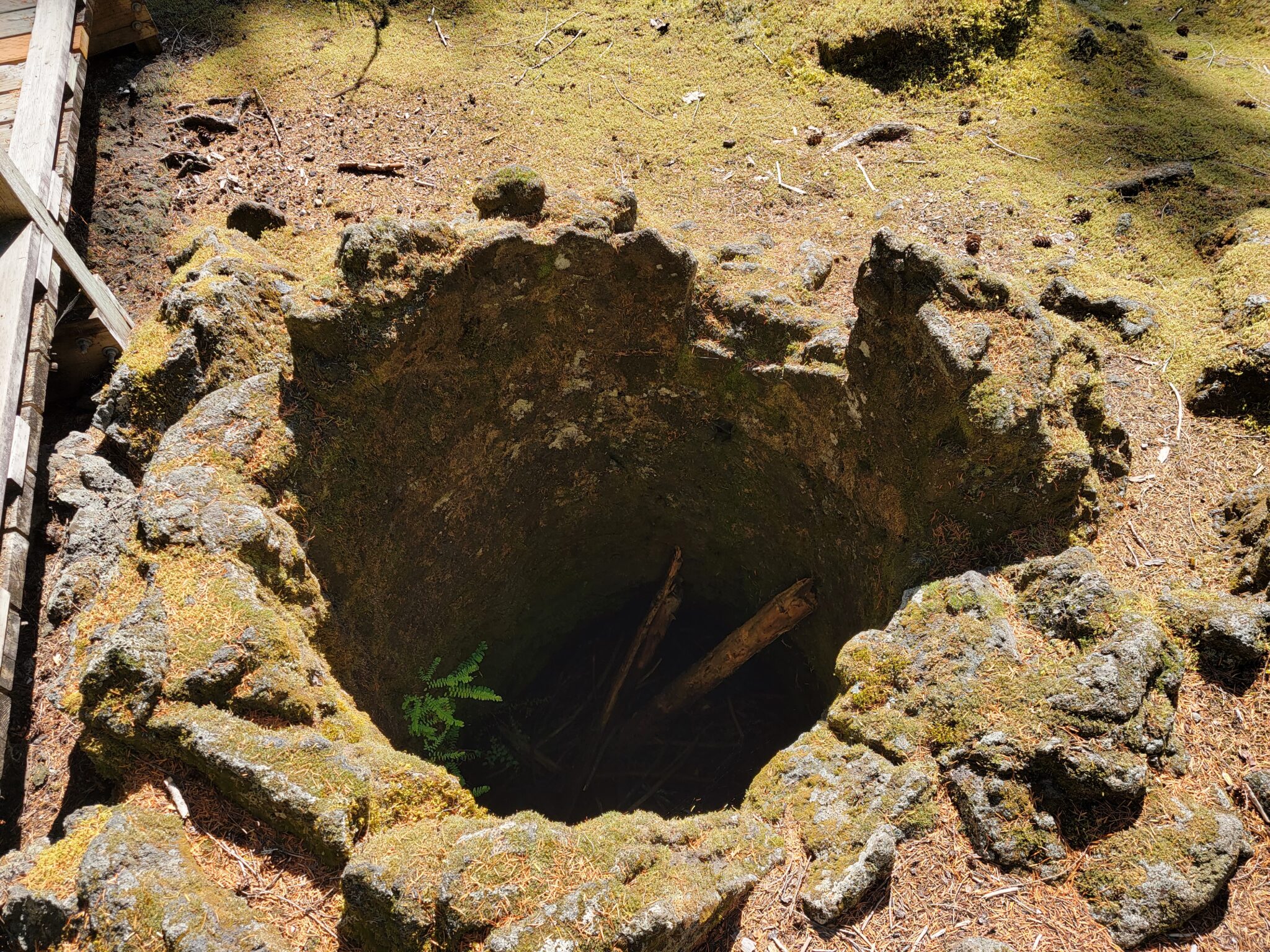
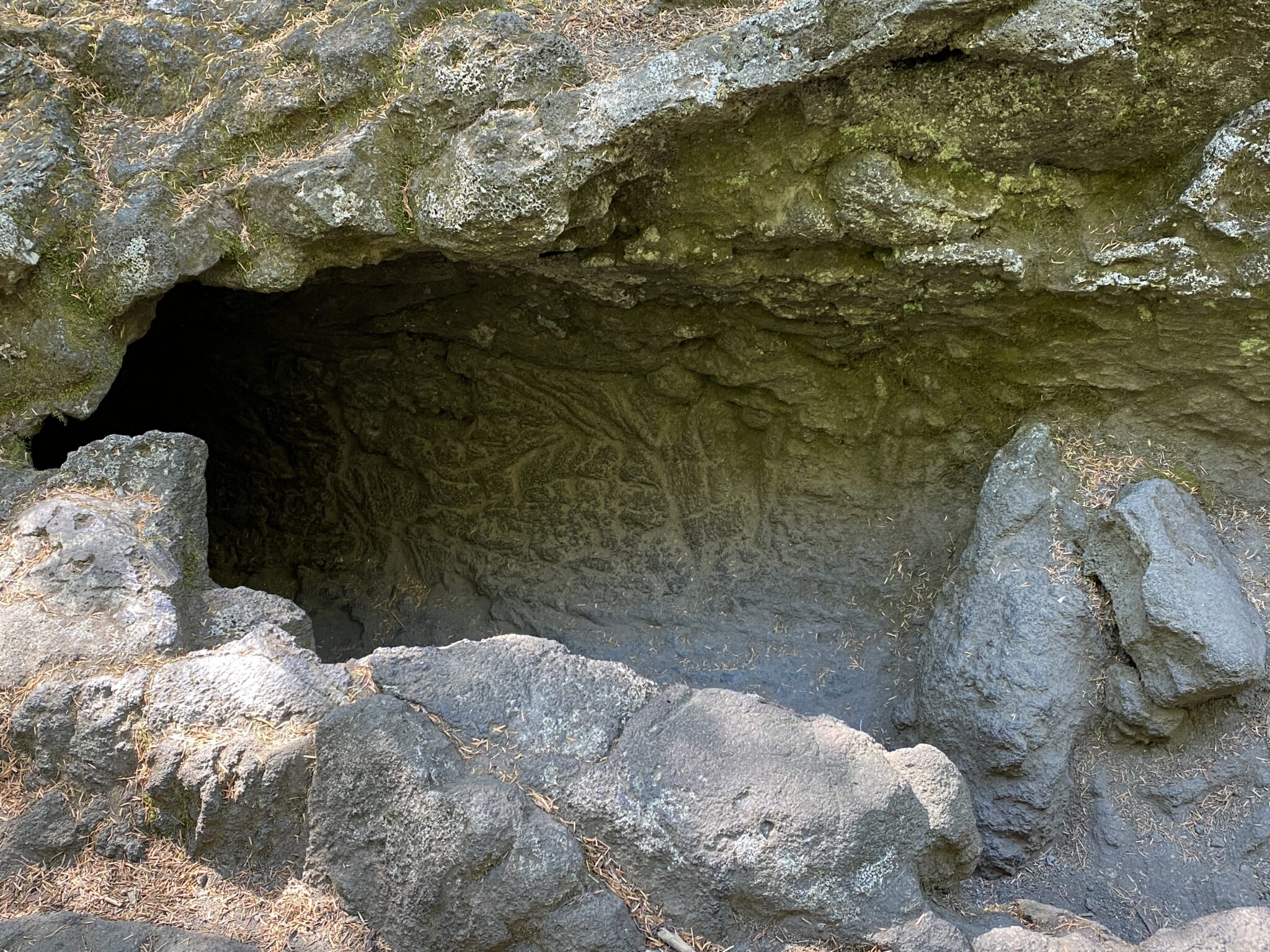

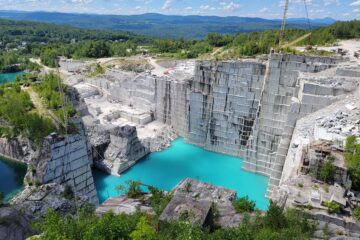
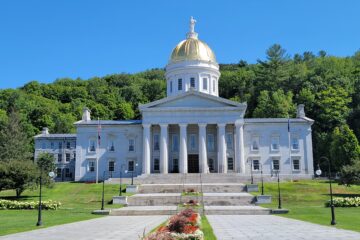
0 Comments